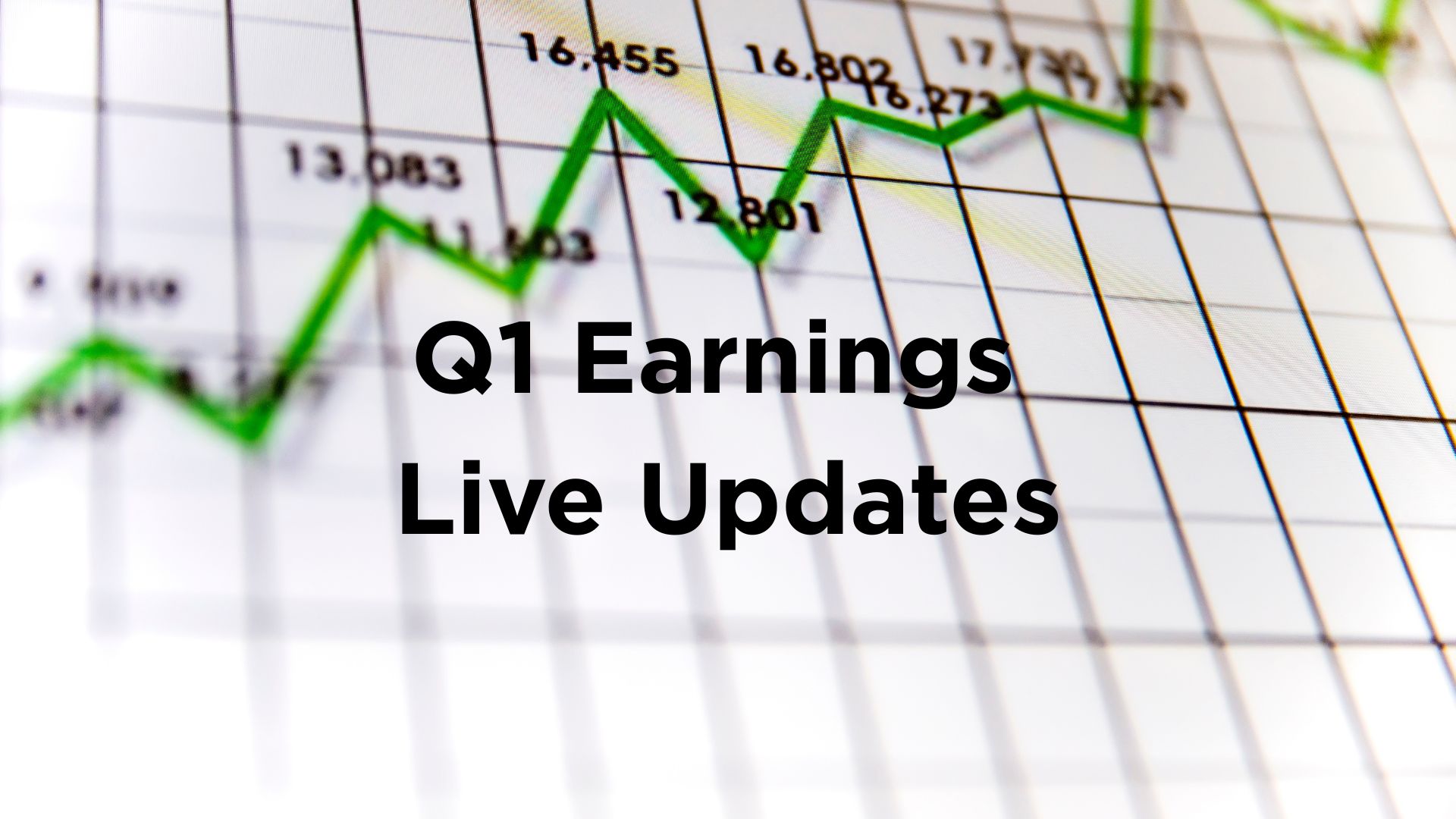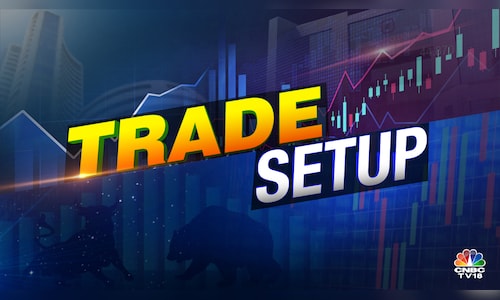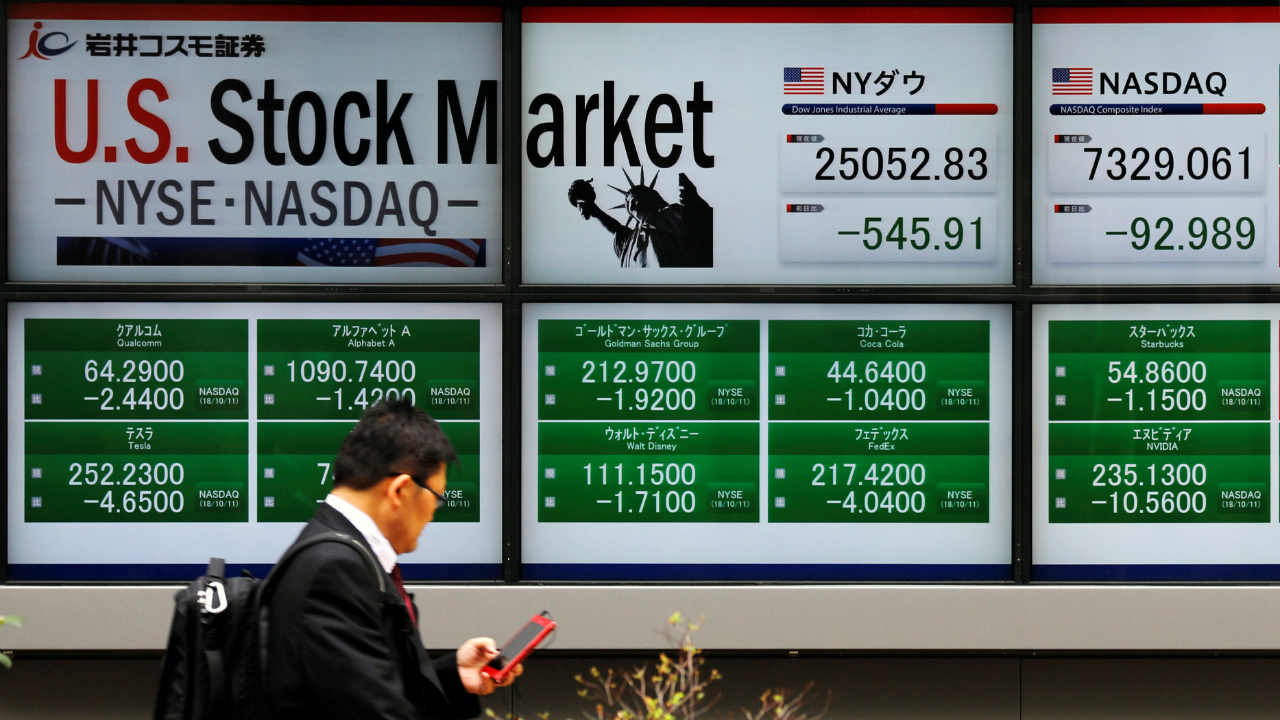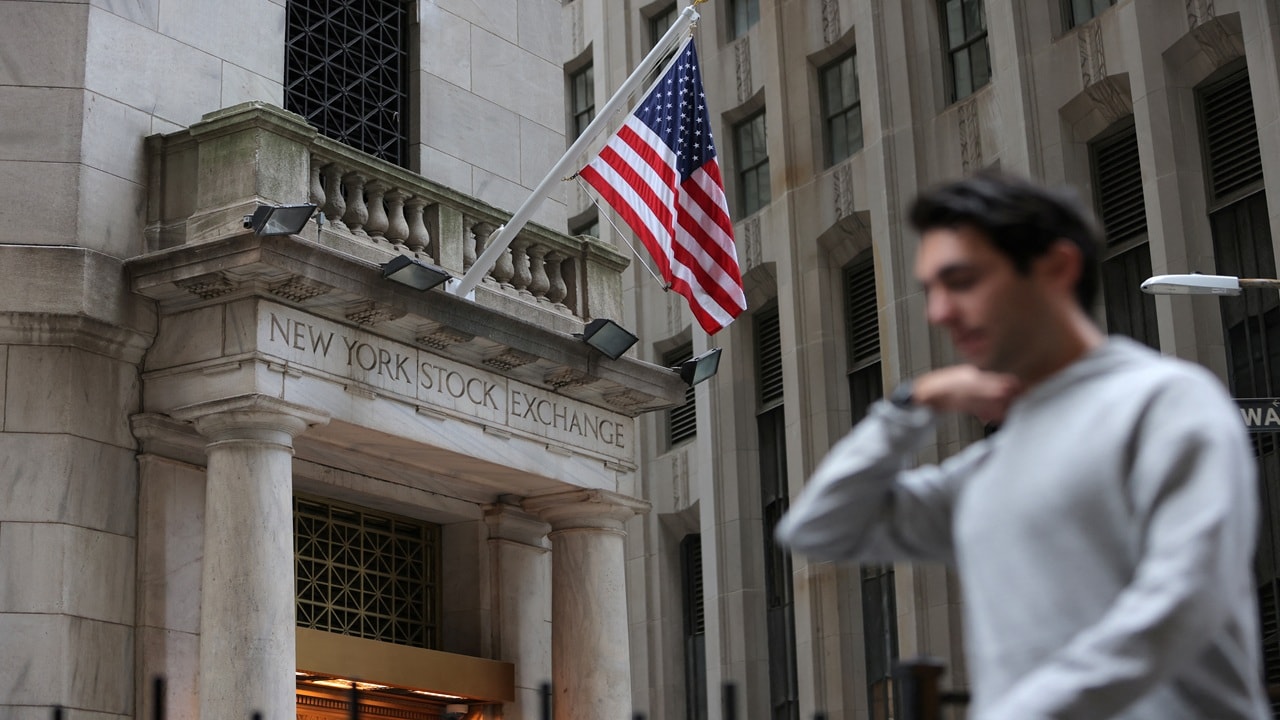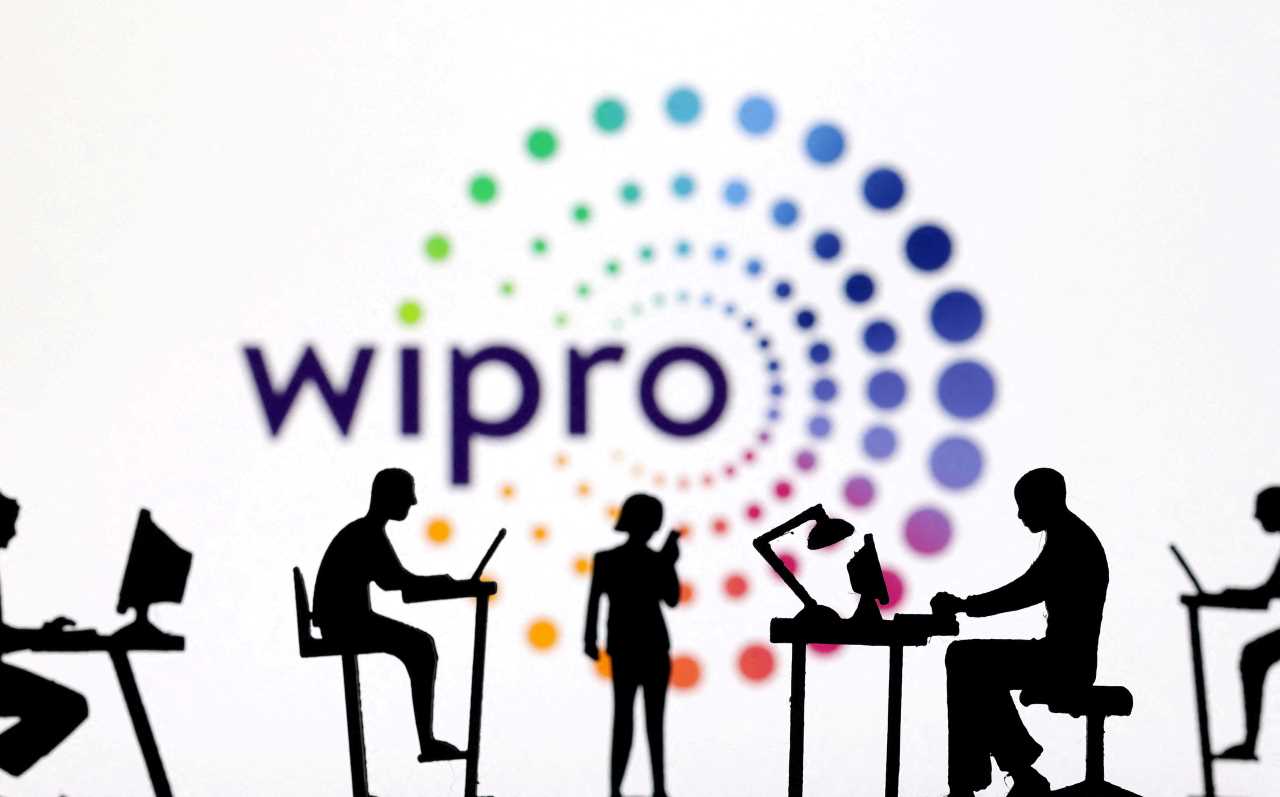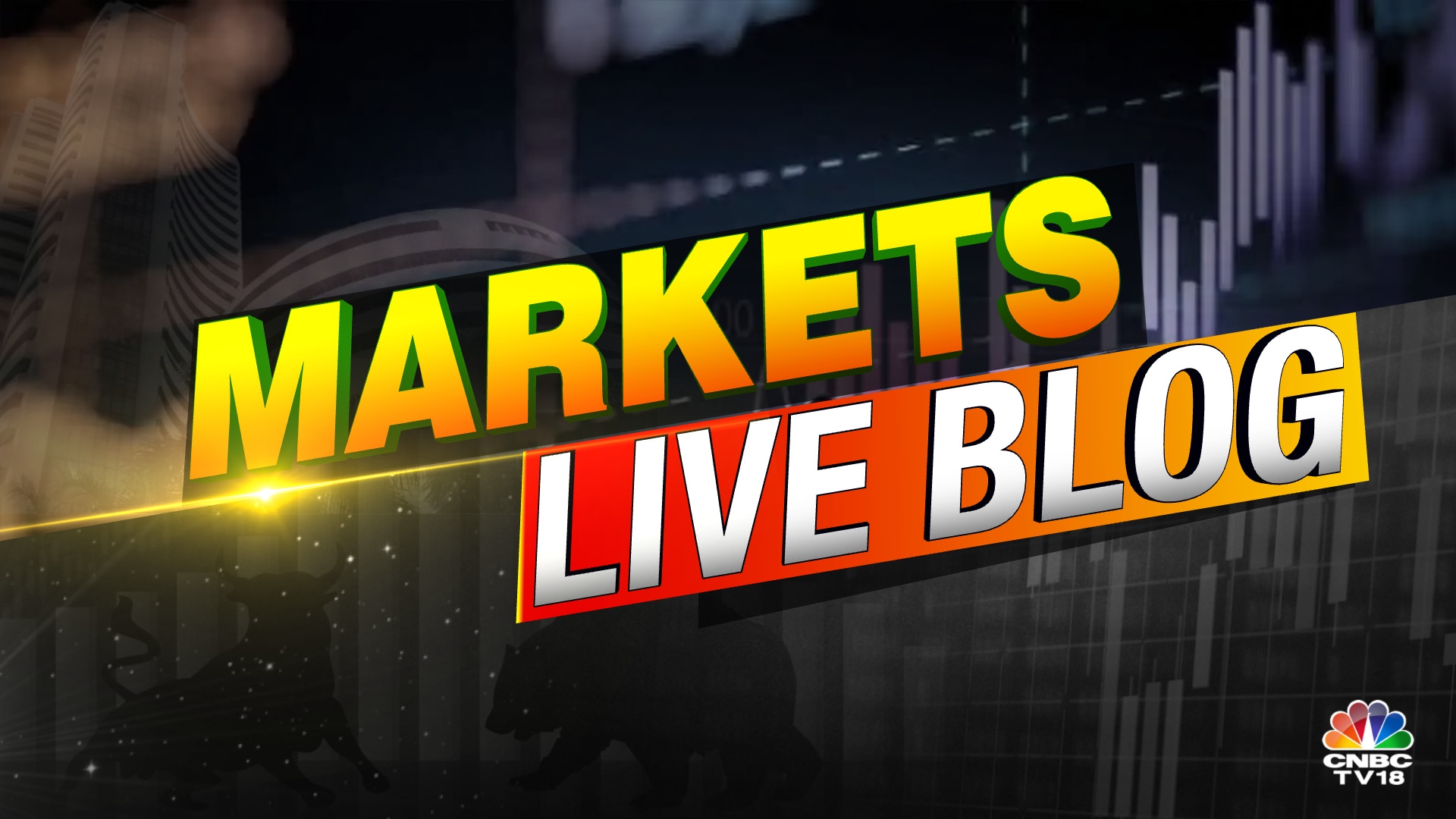Consumers picked up their spending in June after an earlier pullback, despite anxiety over tariffs and the state of the US economy.
Retail sales rose a better-than-expected 0.6% in June, the Commerce Department said Thursday (July 17), after two consecutive months of spending declines, a 0.1% pullback in April, and a 0.9% slowdown in May.
Earlier in the year, strong retail sales were driven by car sales as Americans attempted to get ahead of President Donald Trump’s 25% duty on imported cars and car parts.
The erratic spending is taking place during a period of mixed signals about the economy as well. The US economy shrank at a 0.5% annual pace from January through March, but the US job market is proving to be very resilient, and major tariffs keep getting postponed.
Americans continue to spend in that environment with a heavy focus on necessities, rather than electronics or new appliances.
Yet consumers haven’t stopped spending on nonessential goods. Sales at restaurants, the lone services component within the Census Bureau report and a barometer of discretionary spending, rose moderately.
“Consumers are only feeling a modest amount of pressure from tariffs, and any weakness here is not having much of an effect in forcing them to pull back on more discretionary areas of spending such as restaurants and bars,” wrote William Blair’s macro analyst Richard de Chazal.
Yet Chazal fears that the administration may picking up false assurances from strong consumer spending. Consumer sentiment and markets have tumbled after aggressive tariff announcements.
Retail sales in June included a 1.2% gain in sales of autos and auto parts. Spending expanded across most major categories including clothing and personal care. Excluding autos and automotive parts, sales rose 0.5%, according to the Commerce Department
Clothing and accessories sales rose 0.9%, while health and personal care sales saw a 0.5% bump. Online retailers recorded a 0.4% gain.
Electronics and appliance retailers, furniture stores and department stores all saw sales declines.
A category of sales that excludes volatile sectors such as gas, cars, and restaurants rose last month by 0.5% from the previous month. The figure feeds into the Bureau of Economic Analysis’s consumption estimate and is sign that consumers are still spending on some discretionary items.
Heather Long, the chief economist at Navy Federal Credit Union, noted that layoffs remain low and consumers are still confident enough that the economy is chugging along.
“Don’t count the American consumer out yet,” said Long in a statement. ”There’s still a lot of trepidation about tariffs and likely price hikes, but consumers are willing to buy if they feel they can get a good deal. The word of the summer for the economy is resilient.”
The retail sales report arrives amid a whipsaw frenzy of on and off again tariffs have that jolted businesses and households. For businesses, that has made it harder to manage supply and inventories. Americans are focusing more on necessities, when they do shop.
The latest government report showed that inflation rose last month to its highest level since February as Trump’s sweeping tariffs push up the costs of everything from groceries and clothes to furniture and appliances.
Consumer prices rose 2.7% in June from a year earlier, the Labor Department said Tuesday, up from an annual increase of 2.4% in May. On a monthly basis, prices climbed 0.3% from May to June, after rising just 0.1% the previous month.
Trump insists that the US effectively has no inflation as he has attempted to pressure Federal Reserve Chair Jerome Powell into reducing short-term interest rates.
Yet the new inflation numbers make it more likely that the central bank will leave rates where they are. Powell has said that he wants to measure the economic impact of Trump’s tariffs before reducing borrowing costs.
Americans have continued to spend, which is what the Fed had hoped to curtail a little bit with rate hikes.
One big litmus test was Amazon’s four-day Prime event along with competing retail sales from the likes of Walmart and Target that kicked off last week. Adobe Digital Insights, which tracks online sales, reported that the sales events drove $24.1 billion in online spending, a 30.3% increase compared with the same period last year.
Still, those that were buying prioritised essentials like dish soap and paper products over big-ticket purchases, according to consumer data provider Numerator, based on its analysis of Amazon Prime orders.
Deborah Weinswig, founder and CEO of Coresight Research, said she’s becoming more optimistic about the financial health of the consumer after the Amazon Prime events. She said inventories are at a healthy level, and she didn’t see big fire sales.
”People aren’t buying things that they don’t need,” she said. “I think it’s a healthier retail environment.”
Retailers are now turning their attention to the back-to-school shopping season, which is the second largest consumer rush after the winter holidays. Coresight Research estimates that total US back-to-school spending will increase by 3.3% year compared with the year-ago period, to $33.3 billion. And it predicts that shoppers will do a big chunk of their shopping before August to get ahead of tariffs.
Economists will also dissect quarterly financial reports next month from major retailers like Walmart, Target and Macy’s, both for consumer behavior and to gauge how businesses are navigating a chaotic period of global trade due to fluid US policies.
Levi Strauss & Co. said last week that it was cutting back on making styles that aren’t selling and making targeted price increases as it moves production away from China due to tariffs.
Also Read: CNBC-TV18 Newsbreak Confirmed: Veranda Learning launches ₹380 cr QIP

 7 hours ago
7 hours ago

